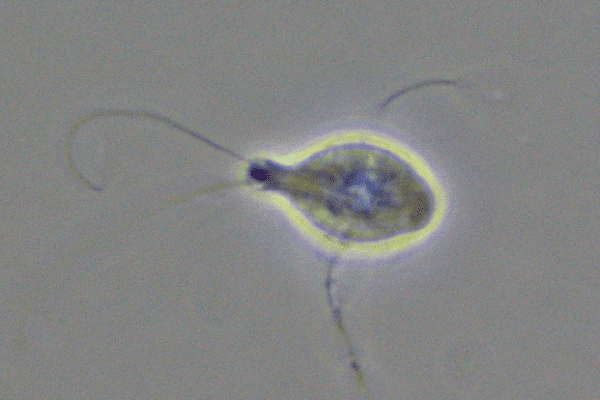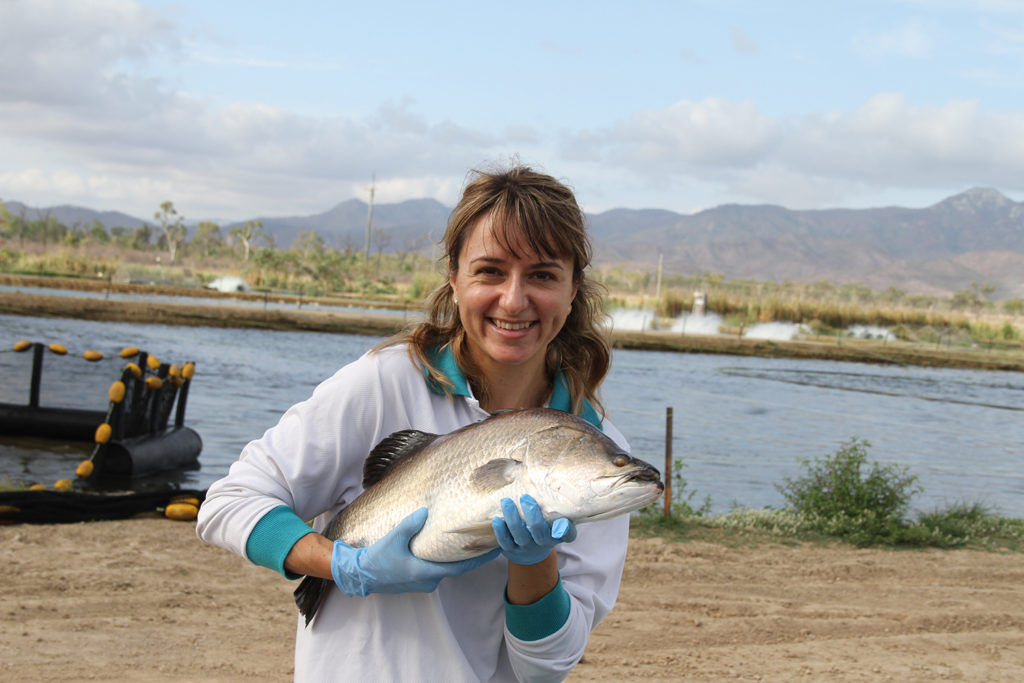MSX parasite detected in oysters from Bedeque Bay, P.E.I. for first time, ‘devastating news’ for the local oyster industry

A deadly disease has been detected in wild oysters from Bedeque Bay, Prince Edward Island (P.E.I.), which could threaten the local oyster industry. Multinucleate sphere X (MSX), caused by the parasite Haplosporidium nelsoni, affects oysters by slowing their growth and increasing mortality rates, but it does not pose any risk to human health or food safety.
In June, oyster harvesters raised concerns with provincial authorities after noticing an unusual spike in oysters dying. The Canadian Food Inspection Agency (CFIA) analyzed samples and confirmed the presence of the MSX parasite.
“The presence of MSX in oysters in Bedeque Bay is devastating news for our province,” said Cory Deagle, minister of Fisheries, Tourism, Sport and Culture, in a written statement. “It isn’t just about the impact on our oyster industry, it is about the livelihood of Islanders, their families and our communities. The Island’s oyster industry is part of our culture and tradition.”
Oysters with MSX typically start dying at around two years old, which is when they reach market size. Affected oysters may be slow to close their shells, appear thin and watery when opened and have brown spots inside the shell.
It’s the first time MSX has been found in oysters on P.E.I. To limit the spread of MSX, CFIA, Fisheries and Oceans Canada (DFO) and the P.E.I. government are working with scientists and partners to monitor the situation, implement movement controls and investigate the source. They are also tracking and testing oysters to understand how common MSX is in the area.
“This is the first time we have had to deal with MSX in our province and while MSX has been heavily researched over the years, scientists, researchers and fishers around the globe still do not understand how the disease spreads,” said Deagle. “It will take time before we know the full extent of the impact on our industry.”
Twenty years ago, MSX caused mass mortalities in the oyster population of the Bras d’Or Lake in Cape Breton, Nova Scotia. DFO closed the estuary to oyster farming in 2002. With emerging research and technology, there is hope that it will reopen in the future.
According to the province, P.E.I. is the second-largest oyster-producing province in Canada and the top producer in Atlantic Canada.
“While inspection, regulation and control fall under the authority of CFIA and DFO, as the provincial body for aquaculture, the shellfish sectors, and their processors, the provincial government has always been, and will always be, here to support our industries in times of great difficulty,” said Deagle. “Many of our oyster fishers have given their entire adult lives to the industry – we will continue to be there to support them.”
Now that you've reached the end of the article ...
… please consider supporting GSA’s mission to advance responsible seafood practices through education, advocacy and third-party assurances. The Advocate aims to document the evolution of responsible seafood practices and share the expansive knowledge of our vast network of contributors.
By becoming a Global Seafood Alliance member, you’re ensuring that all of the pre-competitive work we do through member benefits, resources and events can continue. Individual membership costs just $50 a year.
Not a GSA member? Join us.
Author
-

Lisa Jackson
Tagged With
Related Posts

Intelligence
Could floating cages revitalize an oyster farming industry decimated by the MSX parasite?
Study says floating cages could help revitalize the Cape Breton oyster farming industry destroyed by MSX parasite 20 years earlier.

Health & Welfare
‘Concerning’ farmed salmon parasite in Norway sparks collaborative effort
The SpiroFri project seeks to gain increased knowledge about the Spironucleus salmonicida fish parasite to prevent infection.

Innovation & Investment
Canadian government aid to boost Cape Breton oyster farming industry
The Canadian government is providing $2 million to help revitalize the Cape Breton oyster farming industry destroyed by MSX parasite.

Health & Welfare
Predicting parasite outbreaks in fish farms through environmental DNA
This article presents the results of a study using environmental DNA methodology for the early detection and quantification of various pathogens in farmed barramundi, where the technique showed to be a powerful and novel tool to predict fish mortalities.


